- Home
- Blog
- Industry Sharing
- Different Types of Handrail Connectors
Different Types of Handrail Connectors
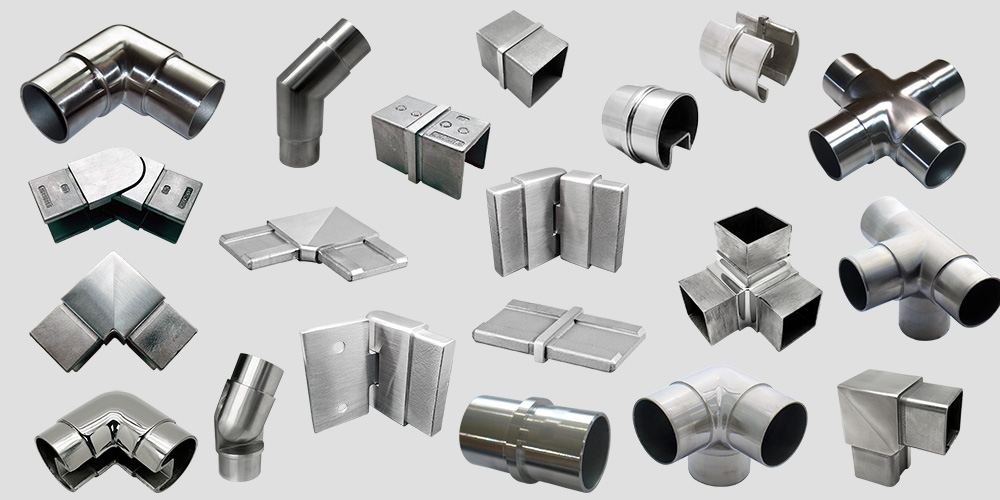
Handrail connectors are indispensable components for constructing staircases, ramps, balconies, and accessible environments. These connectors are essential for creating secure railing structures, prioritizing stability and safety throughout design and construction. This overview delves into their diverse designs and materials, serving as a comprehensive guide for selecting the ideal handrail connectors./p>
What are handrail connectors?
Handrail connector is a piece of hardware used to join sections of handrails, typically made from materials like stainless steel, aluminum, or brass. The purpose of these connectors is to ensure a stable, continuous handrail that not only supports users as they move up or down stairs but also improves the overall appearance of the railing system.
The importance of handrail connectors
Handrail connectors, like other essential handrail accessories, play a crucial role in constructing safe handrail systems for places like stairs, ramps and balconies. They serve to connect different handrail parts smoothly, ensuring a steady and secure railing. Whether addressing variations in length, height, or navigating corners, handrail connectors offer effective solutions to these challenges. Beyond their practical function, these connectors contribute significantly to the overall design aesthetics, available in various styles and materials for architects and builders to choose from, enhancing both functionality and appearance.
Moreover, handrail connectors are vital for ensuring compliance with safety rules and building codes. By firmly connecting handrail parts and possibly linking to other railing hardware like posts and flanges, they help meet regulations, keeping individuals using the structure safe. In essence, handrail connectors are key components in creating not only stable and secure handrail systems but also visually appealing ones, adhering to safety standards and enhancing the overall design.
<Extended reading:Do handrails need end caps?>
Common handrail connector materials
Depending on the application, structure and function, handrail connectors are available in the following materials
Stainless steel handrail connector
Stainless steel material is corrosion-resistant, easy to clean, and suitable for outdoor and humid environments. It is often used in outdoor stairs, bathrooms and other places to ensure the stability of long-term use.
Aluminum alloy handrail connector
Aluminum alloy handrail connectors are lightweight but strong and beautiful in appearance, making them suitable for modern design and decoration.
Plastic handrail connector
Plastic materials are affordable and often used in general households. However, it is not recommended to use plastic connectors in situations with high strength requirements.
Carbon steel handrail connector
Carbon steel has high strength and good wear resistance, making it suitable for high-intensity use. But the disadvantage is that it is easy to rust, so you need to pay attention to anti-rust treatment when using it outdoors.
Types of handrail connectors
When searching for handrail connectors, you may be dazzled by the variety of shapes. To give you a deeper understanding of handrail connectors, we briefly classify them according to their functionality.
Angle of connection
-
90-degree:
Handrail connectors set at a 90-degree angle are crucial for creating right-angle turns in the handrail system. This angle is commonly encountered at corners, ensuring a smooth and continuous railing around bends and edges.
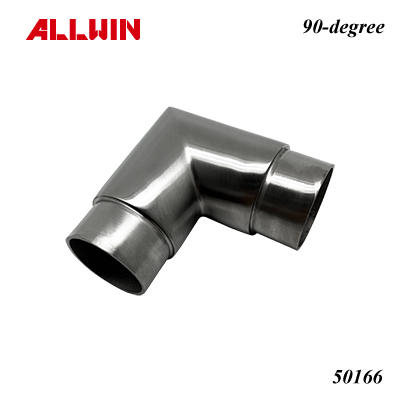
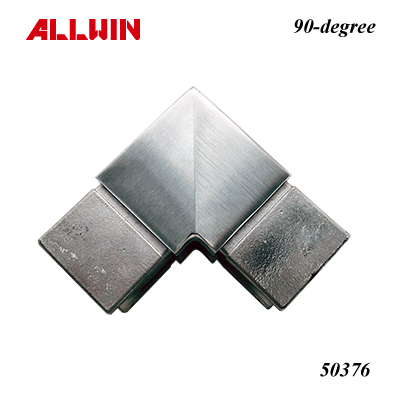
-
135-degree:
In instances where a more acute turn is needed, handrail connectors designed for a 135-degree angle come into play. These connectors are instrumental in accommodating sharper corners while maintaining stability and aesthetics in the handrail design.
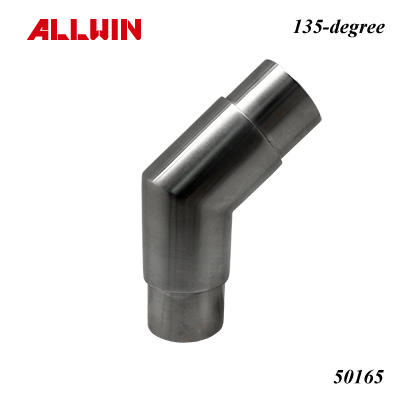
-
180-degree:
A 180-degree handrail connector is required when the overall handrail length exceeds the length of a single tube. These connectors facilitate a seamless connection for a straight and uninterrupted handrail, ensuring a cohesive and visually appealing railing system.
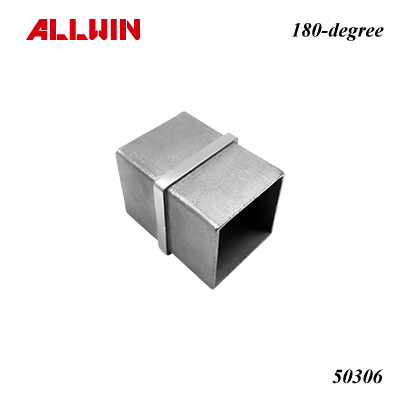
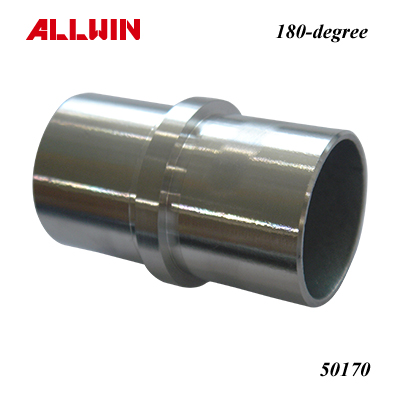
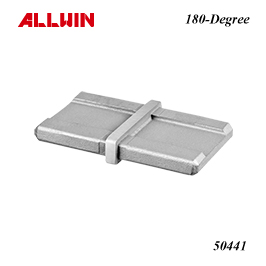
-
Adjustable Angle:
While the aforementioned connectors handle most building scenarios, certain applications demand custom angles. Enter the adjustable connector, a versatile savior. Its ability to bend and adapt to desired angles makes it ideal for tackling diverse situations where precise, off-the-shelf solutions simply won't cut it.
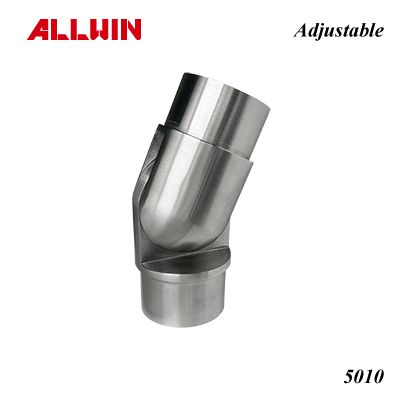
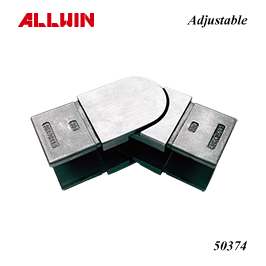
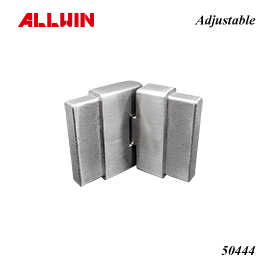
Number of connections
-
2 Way:
Handrail connectors designed for two-way connections are essential for basic linear structures. They enable the attachment of handrail segments in a straight, uninterrupted line, providing simplicity and stability in design.
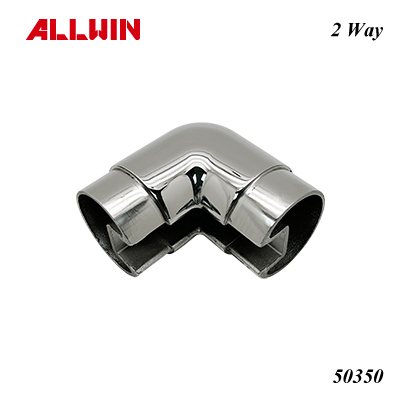
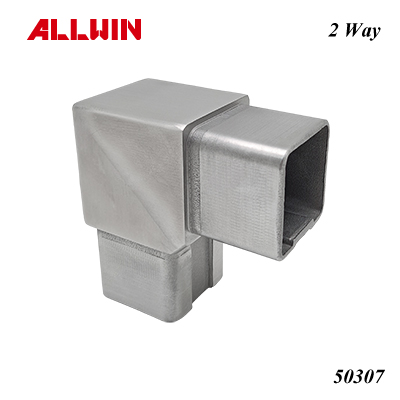
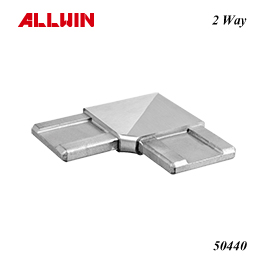
-
3 Way:
Introducing more complexity, handrail connectors accommodating three-way connections are pivotal for branching handrail designs. These connectors facilitate the creation of corners and intersections, offering versatility in adapting to various architectural layouts.
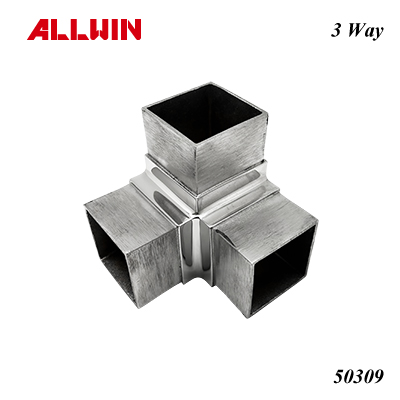
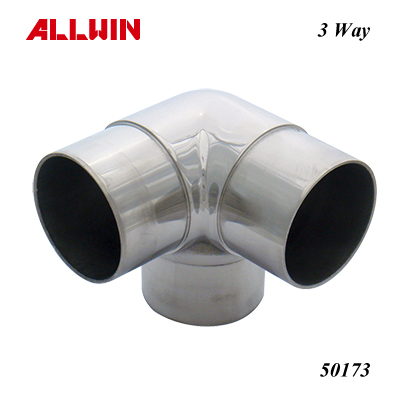
-
4 Way:
Handrail connectors supporting four-way connections play a crucial role in more intricate railing systems. Ideal for meeting at crossroads or junctions, these connectors allow for the seamless integration of handrail segments, ensuring a unified and well-structured design.
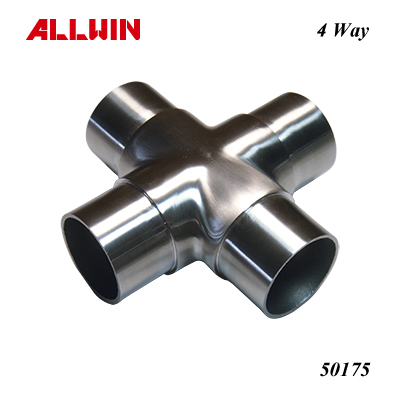
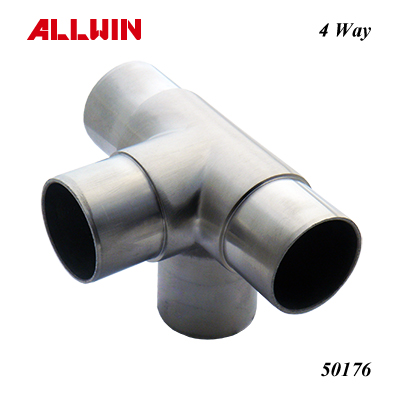
Shape of tubes
-
Round:
Handrail connectors designed for round tubes offer a classic and timeless aesthetic. This shape provides a smooth and continuous look to the handrail system, contributing to a traditional and versatile design suitable for various architectural styles.
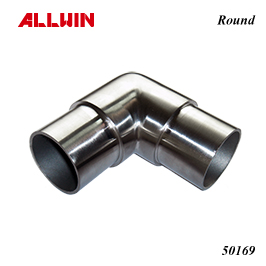


-
Square(Rectangle):
For a more contemporary and modern appearance, square tube handrail connectors are an excellent choice. Square tube connectors are also a type of rectangle tube connectors. These connectors complement sleek and angular designs, adding a distinct geometric flair to the handrail system and aligning with modern architectural preferences.


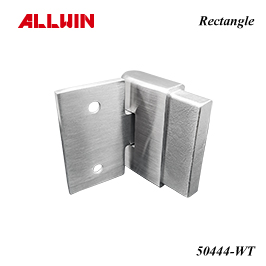
-
Slot:
Handrail connectors accommodating slot-shaped tubes offer a unique and versatile solution. This design allows for the incorporation of slotted or perforated tubes, adding a decorative element to the handrail system while maintaining functionality and structural integrity.
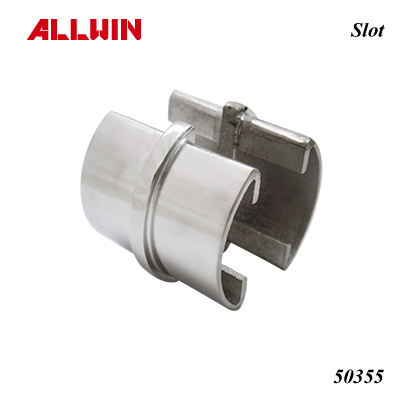
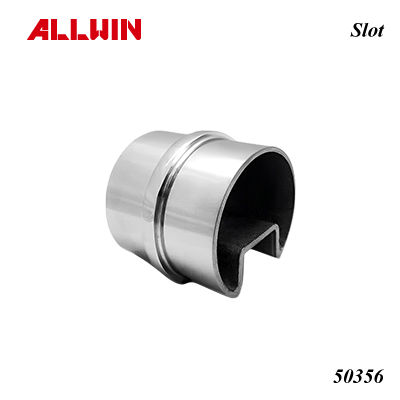
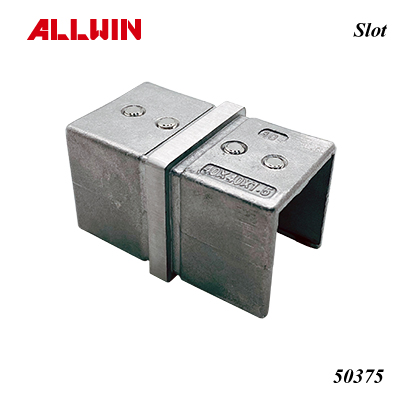
How to choose handrail connectors?
Selecting the right handrail connectors is crucial for ensuring a safe, functional, and aesthetically pleasing railing system. Here are five key considerations to guide your choice:
Function
When picking handrail connectors for your project, think about what they're supposed to do. Are they for straight parts, turns, or where handrails meet? Also, look at the handrail shape—whether it's round or square. Doing both of these things helps make sure the connectors fit well with how your handrail is designed and also go well with the tube shape for a smooth overall look.
Material
Evaluate the material of the handrail connectors, as it directly impacts durability and appearance. Common materials include metals like stainless steel or aluminum for robustness, while plastic connectors may offer cost-effective solutions. Select materials that suit the design aesthetic and environmental conditions.
Appearance and decoration matching
Handrail connectors also need to consider the overall aesthetics. The aluminum alloy connector has a stylish appearance and is suitable for modern decoration, while the corrosion resistance and high strength of stainless steel make it suitable for any style.
Precise tolerances
Opt for handrail connectors with precise tolerances to ensure a secure and seamless fit. Accurate measurements are essential for the connectors to align correctly, contributing to the stability and overall integrity of the handrail system.
Corrosion resistant
Choose handrail connectors that are corrosion-resistant, especially when installed in outdoor or high-moisture environments. Corrosion-resistant materials, such as stainless steel or galvanized coatings, enhance the longevity of the connectors, minimizing maintenance requirements.
Comply with building regulations & codes
Ensure that the selected handrail connectors comply with relevant building regulations and codes. This includes considerations for height, strength, and other safety requirements mandated by local building authorities. Adhering to these standards is essential for creating a safe and legally compliant handrail system.
Conclusion
When selecting handrail connectors, it's crucial to consider factors like functionality, compatibility with shapes, materials, tolerances, and adherence to regulations to ensure a successful project outcome. AllWIN, as a reliable architectural hardware supplier, not only offers these advantages but also delivers customized solutions to fulfill customer requirements. If you have any questions about the handrail connectors, please feel free to contact us at any time.
<Extended reading:How to install handrail brackets?>
Article Classification
Recent Articles
- The Definitive Guide to Stainless Steel Manicure Scissors: Types, Materials, and B2B Quality
- Stainless Steel Nail Clipper: Complete Guide, Types, Care Tips, and Great B2B Solutions
- Tactile Paving: Essential Types, Standards, and B2B Procurement
- The Essential B2B Guide to Aluminum Tube Connectors: Types, Applications, and Connection Methods
- Stainless Steel Screw Bolts: Grades, Types, and Supply for B2B Projects

